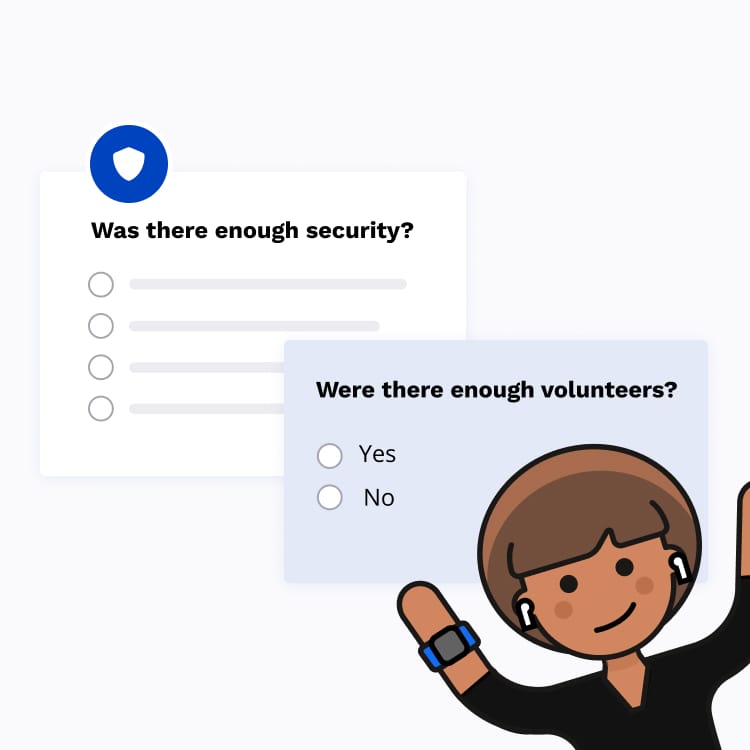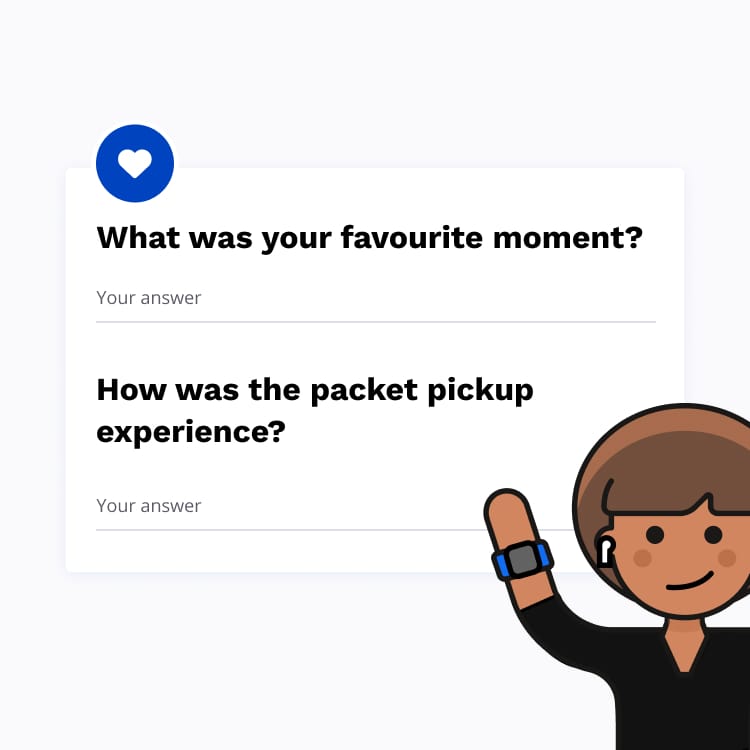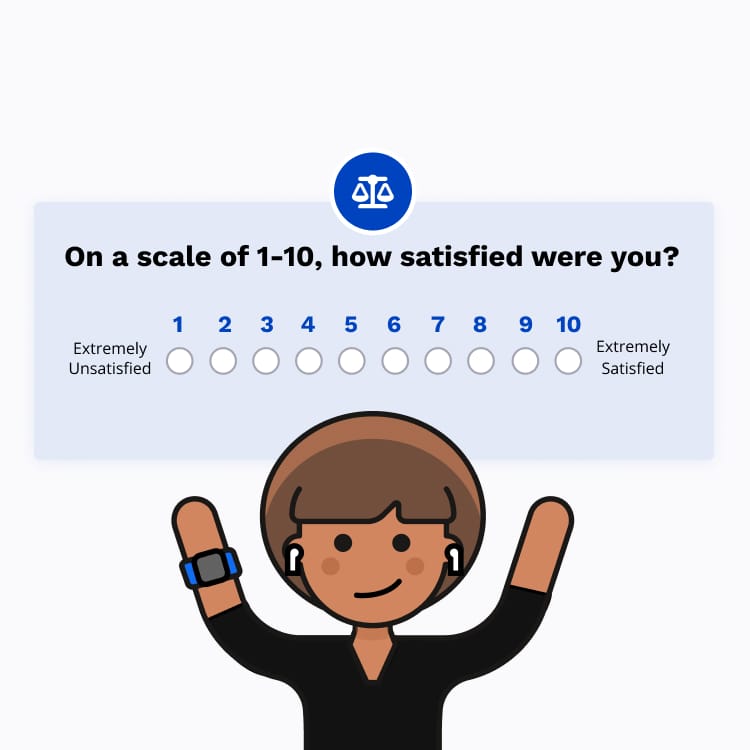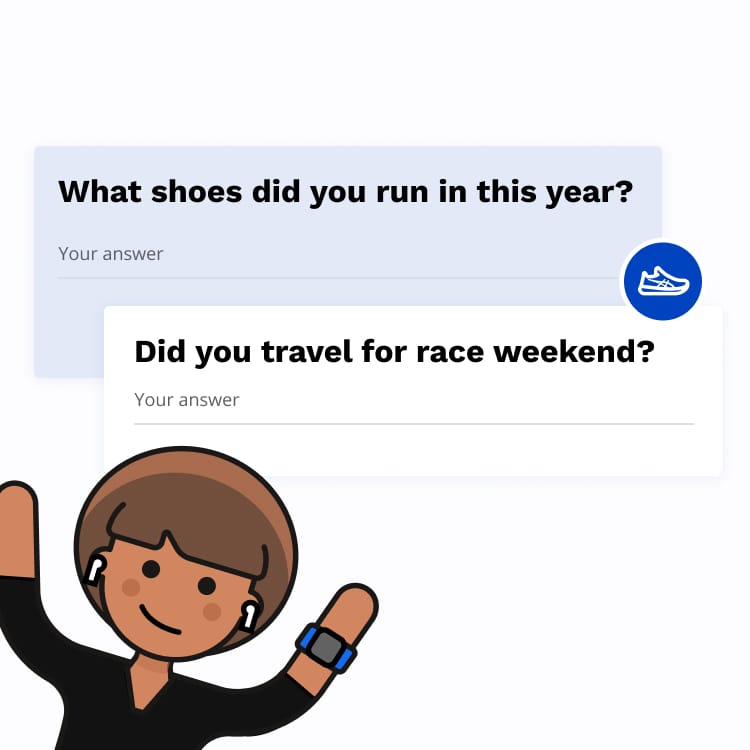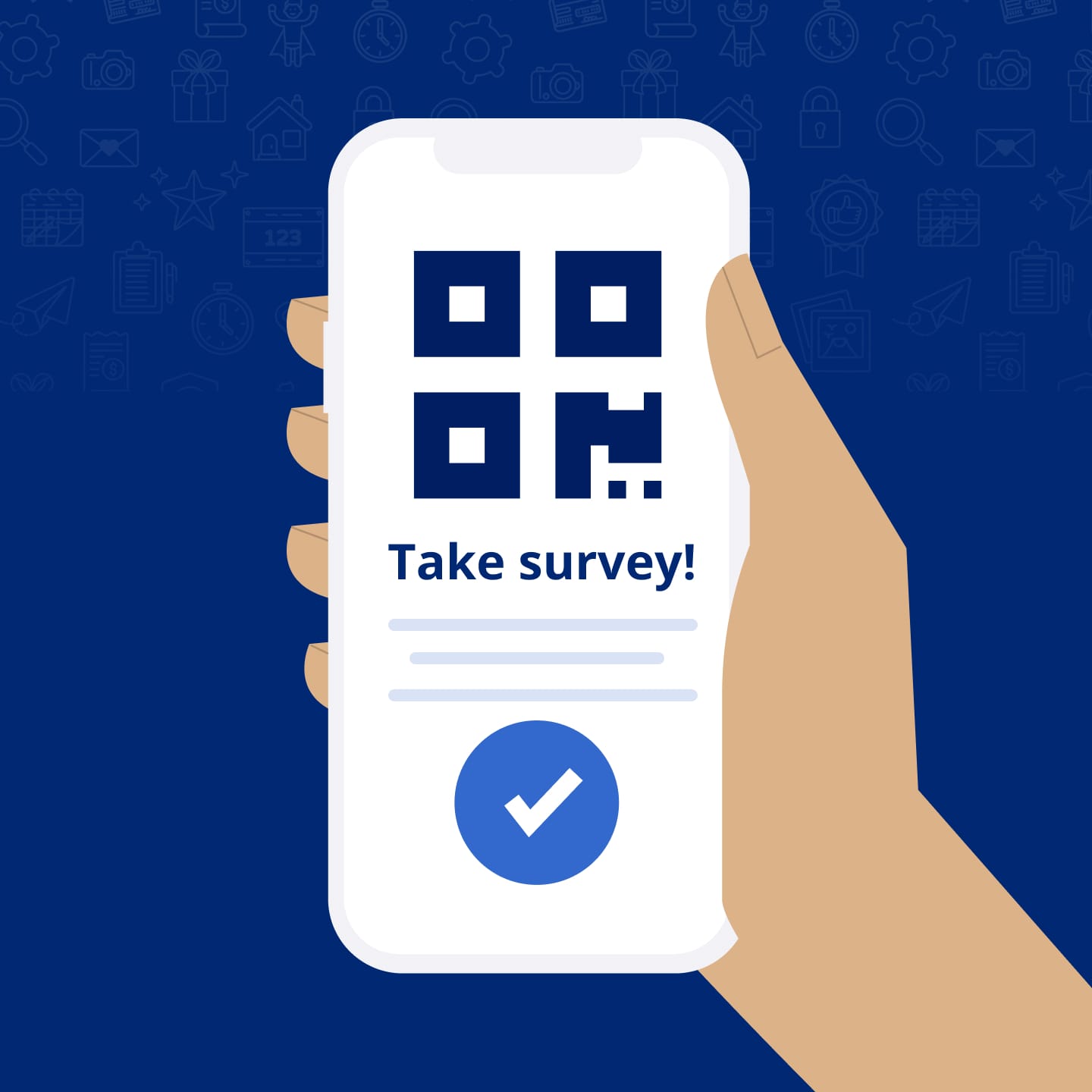New Release | Estimated Read time – 9:24
A great endurance event is about so much more than getting participants across the finish line—it’s about creating a memorable experience. When you deliver an experience people love, you build loyal participants who help grow your event through word of mouth.
To create loyal participants, you need to find impactful ways to improve your event. To improve year after year, you need to gather valuable insights directly from your participants.
What is the best way to get that feedback? A post-event survey.
A well-designed post-event survey helps you understand what’s working well, what needs improvement, and how you can improve your event. However, many organizers find it challenging to get useful responses, analyze data effectively, and turn feedback into action.
That’s why we’ve created this post-event survey guide! We’ll walk you through how to craft effective surveys, deliver them to participants efficiently, analyze the responses, and implement meaningful changes that will improve your endurance event, keep participants coming back, and encourage them to bring their friends and family along.
1. How to craft effective surveys

A well-structured post-event survey generates actionable insights for you without overwhelming your participants or asking them to do too much.
When putting your survey together, focus on clear, concise questions that provide useful feedback to maximize response rates and improve data quality.
Focus on actionable feedback
Not all feedback is equally valuable. Instead of collecting broad opinions, ask your participants about specific elements of your event that you’re confident you can change meaningfully:
- Course logistics – Was the course route easy to follow? Were there enough hydration stations, and were they well-placed?
- Pre- and post-event experience – How smooth was check-in? Was parking sufficient?
- Sponsor and vendor offerings – Did participants engage with vendors? Were sponsor perks appealing to participants?
Example of an effective question:
- “Did you enjoy the event?” (Too vague)
- “Were there enough hydration stations along the course to meet your needs? [Yes / No / Needs Improvement]” (Specific & actionable)
Develop clear question structures
Great questions elicit great answers. The design of your post-event survey questions will heavily impact the quality of the responses from your participants. Keep your questions clear, structured, and easy to complete to get the best answers.
Here are some best practices:
- Use multiple-choice & rating scale questions for quick analysis.
- Include at least one open-ended question for deeper insights.
- Limit the survey to 10 questions to prevent survey fatigue.
Examples:
- “On a scale of 1-5, how would you rate the ease of packet pickup?”
- “What’s one improvement that would have made your event-day experience better?”
Incentivize survey participation

This likely comes as no surprise, but half the battle is getting your participants to take your post-event survey in the first place. So don’t be afraid to give them a little push.
Offer small incentives to encourage participation in your survey:
- Gifts like free merch or gift cards from sponsors
- An exclusive discount on next year’s event registration
- Automatic entry into a prize drawing for free entry, event gear, or sponsor giveaways
Don’t forget to really drive home the impact taking your survey can have on the overall participant experience. When you send out your survey, emphasize how past feedback has led to real changes. Participants are more likely to respond when they know their input matters.
Pro tip
Use Race Roster’s email campaign tool to deliver a post-event survey quickly and easily to your participants.
2. How to collect quality responses
Once your post-event survey is ready, you need to ensure it reaches participants effectively. Doing so requires a combination of optimal timing and distribution methods.
Find the perfect timing
When’s the best time to send out a post-event survey? We recommend getting your survey out to your participants within 24-48 hours after the event while the experience is still fresh in their minds.
Sending your post-event survey out too late can lead to fewer responses and less detailed feedback.
Pick effective distribution methods
Email is a great way to get your survey to your participants—but it’s not the only way. Don’t limit your survey distribution to just a single channel.
Make it as easy as possible for participants to access your survey by using multiple channels:
Using the right combination of these tools will help you ensure your post-event survey gets higher visibility and a better response rate.

Pro tip
Use the Digital Engagement Kit feature on Race Roster to embed a link to your post-event survey and increase its visibility even more.
3. How to analyze survey data
Once you’ve collected responses from your post-event survey, your next step is to analyze the data and identify meaningful trends that can turn into actionable improvements.
Your goal when analyzing survey responses should be to identify feedback from a majority of respondents and identify recurring themes you can address effectively.
Focus on majority feedback

While it’s tempting to react to every negative or extreme comment, the changes you actually make to your endurance event should be based on common themes, not isolated complaints.
Of course, you should take all constructive criticism seriously and consider connecting with individual participants to learn more about their issues. However, one negative experience doesn’t always require wholesale changes.
So, how do you know which comments or complaints to address? We recommend isolating common feedback mentioned by at least 20% of your respondents. That way you can focus your efforts on issues impacting a large portion of your participants, rather than the issues of one or two individuals.
For example, if three people say the water stations were too far apart but 80% say they were fine, there’s likely no need for drastic changes.
Identifying trends in responses

If your event features different distances or fitness levels, it’s important to be able to differentiate between each group’s responses.
Breaking out responses by participant type is a helpful way to identify meaningful trends and see whether different participant groups had different experiences.
- First-Time Participants vs. Returning Participants: Do new participants need clearer event-day instructions? How are returning participants responding to changes to your event?
- 5K vs. Half-Marathon Participants: Do longer-distance participants need more aid or hydration stations? What type of support do shorter-distance participants require?
- Volunteers vs. Athletes: Are volunteers struggling in ways that affect the participant experience? Where do volunteers feel that they need more support?
How you break out your participant types will depend on the structure of your endurance event.
No matter how you organize responses, this strategy allows you to focus on the needs of specific participants and avoid applying widespread changes to your event based on the responses of one specific group.
Pro tip
You can easily organize your event survey data using AI tools like ChatGPT. Read our blog on AI tools for event organizers to learn more.
4. How to turn feedback into action

Your post-event survey is only valuable if the insights lead to real improvements for your endurance event.
Here are a few ways you can make sure participant feedback turns into meaningful action.
Prioritize high-impact improvements
You’re likely going to receive a lot of suggestions about how you can improve your endurance event. Obviously, not every suggestion can be implemented.
We recommend you sort through the common themes of your survey response and focus on making changes that:
- Affect the majority of event participants, rather than just a handful of outliers.
- Are feasible within your resources and don’t stretch you or your team too thin.
- Enhance safety, experience, or efficiency of your endurance event.
For example, if 60% of participants say your event’s check-in process was confusing, that’s a high-impact, easy-to-fix issue worth prioritizing going into your next event.
Weigh quick wins vs. long-term fixes
Not all improvements can happen overnight. Some changes are quick and inexpensive, while others require careful budgeting and long-term planning.
Organizing fixes into “Quick Wins” and “Long-Term Fixes” will help you prioritize changes effectively.
Quick wins (easy, low-cost fixes)
These small but impactful changes can be implemented immediately to enhance your participant experience with minimal effort or expense.
Examples:
- Adding more finish-line hydration stations to improve post-event recovery.
- Increasing course signage for better navigation.
- Rearranging the packet pickup area to reduce bottlenecks.
- Training volunteers on common participant questions to improve event flow.
Long-term fixes (require budget & planning)
These larger-scale improvements might require funding, approvals, or logistical coordination and should be planned well in advance for future events.
Examples:
- Changing the event route to reduce congestion and improve traffic flow.
- Implementing live tracking technology for spectators.
- Expanding parking options by securing additional lots or shuttle services.
- Enhancing the finish line experience with live music, announcers, or local food trucks.
By tackling quick wins immediately and integrating long-term improvements into future planning, you create a continuous cycle of event enhancement that keeps participants happy and engaged year after year.

Pro tip
Assign specific tasks to team members and set clear deadlines to ensure improvements happen.
5. How to communicate changes to participants
Now that you’ve gone through the effort of developing a post-event survey, getting to your participants, analyzing their feedback, and implementing improvements, it’s time to reap the rewards.
Telling participants how their feedback led to improvements builds trust and increases the likelihood that they’ll return for future events.
Utilize email campaigns: “You Spoke, we listened”

Send a follow-up email using the Race Roster email campaign tool summarizing survey results and highlighting key changes. Use this communication as an opportunity to thank your participants for filling out your survey and a promise to put their feedback into action.
Example Format:
- Thank Your Participants: “Your feedback helps us improve every year!”
- Lay Out Key Takeaways: “85% of you loved the course, but many wanted more aid stations.”
- Announce Planned Changes: “We’re adding two more hydration stations next year!”
Make announcements on social media

Social media is the place to start building excitement for your improved endurance event by posting plenty of updates announcing your event changes.
Take advantage of different channels, tease the changes before making a full announcement and engage with participants who comment on or interact with your posts. Ask your team members and volunteers to share the announcements on their own social media channels, and connect with sponsors or charity partners about telling their followers about your event’s upgrades.
Communicating changes clearly, consistently, and excitedly shows your participants that their opinions matter and they can have a hand in delivering a better overall experience.
Pro tip
Use positive feedback from the previous year’s survey in your pre-event marketing! For example: “99% of runners said our finish line atmosphere was amazing—come experience it for yourself!”
Final thoughts
Your post-event survey isn’t just a tool for gathering participant opinions—it’s a roadmap for continuous improvement. By collecting targeted feedback, analyzing trends, prioritizing high-impact changes, and clearly communicating improvements, you can enhance your participants’ satisfaction and streamline future planning.
Start implementing these strategies today, and you’ll turn every post-event survey into a game plan for an even better event next year.

What’s new at Race Roster?
Visit our what’s new page for the most noteworthy Race Roster updates!
